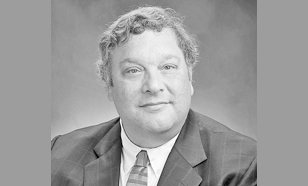On April 29, the U.S. Supreme Court resurrected the Environmental Protection Agency’s Cross-State Air Pollution Rule that the U.S. Court of Appeals for the D.C. Circuit had struck down last year. Justice Ruth Bader Ginsburg’s opinion can be read as a remarkable acknowledgement that Congress really has not provided clear direction on how the EPA and the states should regulate air pollution sources. Given the extent to which the Clean Air Act affects economic activity and energy investment, this case should give many pause.
Environmental Protection Agency v. EME Homer City Generation, No. 12-1182 (U.S. Apr. 29, 2014), considered challenges by certain electric power producers and certain states to the EPA’s Cross-State Air Pollution Rule, or CSAPR. The CSAPR implements the “good neighbor” provision of the federal Clean Air Act. The Clean Air Act requires each state to adopt a state implementation plan, or SIP, that will, among other things, ensure attainment of national ambient air quality standards, or NAAQS. NAAQS are maximum concentrations of pollutants that are permitted in the environment at all times. The SIP must impose controls on sources of air pollution sufficient to attain the NAAQS.
This content has been archived. It is available through our partners, LexisNexis® and Bloomberg Law.
To view this content, please continue to their sites.
Not a Lexis Subscriber?
Subscribe Now
Not a Bloomberg Law Subscriber?
Subscribe Now
LexisNexis® and Bloomberg Law are third party online distributors of the broad collection of current and archived versions of ALM's legal news publications. LexisNexis® and Bloomberg Law customers are able to access and use ALM's content, including content from the National Law Journal, The American Lawyer, Legaltech News, The New York Law Journal, and Corporate Counsel, as well as other sources of legal information.
For questions call 1-877-256-2472 or contact us at [email protected]



